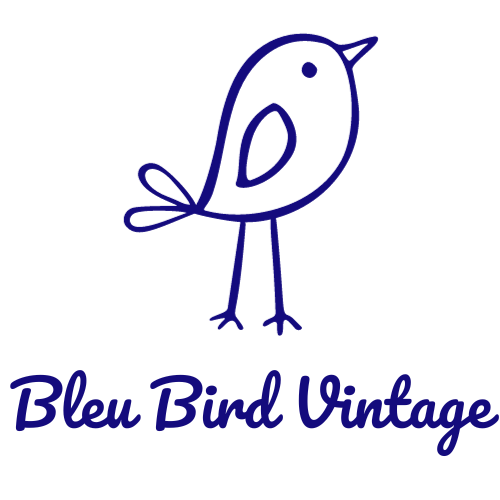Vintage Maternity Wear: A Stylish Look into the Past
Pregnancy is a beautiful and transformative experience for women, and throughout history, fashion trends have reflected this. Vintage maternity wear is an enchanting glimpse into the past, showcasing elegant and stylish attire that celebrated the female form at this special time. From the flowing silhouettes of the 1920s to the structured styles of the 1950s, let’s embark on a journey of fashion through the ages.
In the 1920s, the flapper era was in full swing, and women embraced a more liberated style. Maternity wear during this time featured loose and flowing dresses that allowed for comfort and ease of movement. Made of lightweight fabrics like silk and chiffon, these garments featured drop waists and tiered layers, allowing the expectant mother to feel stylish and fashionable while accommodating her growing belly. The empire waistline, a defining characteristic of this era, was particularly flattering and allowed room for growth without sacrificing style.
Moving into the 1930s and 1940s, the world was in the grips of the Great Depression and World War II, which inevitably influenced fashion. Maternity wear became more practical and conservative, with modest designs and hemlines that fell below the knee. Dresses were often made from durable fabrics like cotton and rayon, designed to withstand frequent washing. Wrap-around dresses and shirtwaist frocks were popular choices, providing women with flexibility as their bodies changed during pregnancy. Accessories, such as wide-brimmed hats and gloves, were also common features of maternity fashion during this era.
The 1950s was a decade defined by the hourglass figure, and pregnant women were no exception. Maternity wear of this era often featured fuller skirts, nipped-in waists, and higher necklines. Tailored dresses, commonly made from structured fabrics like wool and tweed, emphasized the pregnant woman’s curves while adding an air of sophistication and elegance. In an era where femininity was celebrated, many maternity dresses were adorned with delicate lace inserts or bows, accentuating the beauty of expectant mothers.
As the 1960s rolled in, the fashion landscape shifted dramatically. The swinging sixties brought about a more relaxed and avant-garde approach to maternity wear. Women began to favor shorter hemlines and looser fits, inspired by the mini dress revolution. Maternity dresses were often made from stretchy fabrics, allowing for comfort and ease of movement. Bright colors and bold patterns were also prominent, reflecting the vibrancy of the era. The silhouette became less structured, with A-line shapes and empire waistlines still remaining popular choices.
By the 1970s, the culture of ‘flower power’ and bohemian style gave pregnant women a plethora of options when it came to maternity wear. Maxi dresses, often made from flowing fabrics like cotton or silk, were all the rage. These dresses allowed for ample room to grow while providing an effortlessly chic look. The boho trend also introduced smocked waistlines and oversized shirts, which allowed expectant mothers to embrace comfort without compromising on style.
Vintage maternity wear offers a charming glimpse into the past, capturing the evolution of fashion throughout the decades. From the elegant and flowing silhouettes of the 1920s to the structured and sophisticated styles of the 1950s, the clothing choices of pregnant women have always been a reflection of the changing times. Whether embracing the freedom of the flapper era or the relaxed vibe of the swinging sixties, women have always found ways to celebrate their pregnancies while expressing their personal style. So let’s take inspiration from these bygone eras and celebrate the beauty of pregnancy with a nod to the past.
